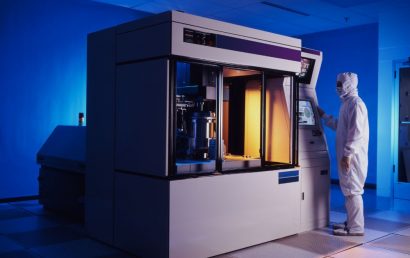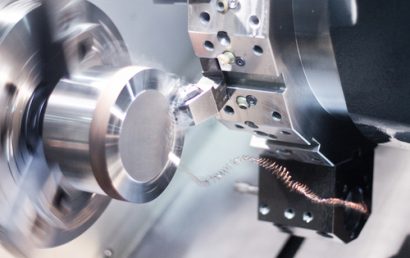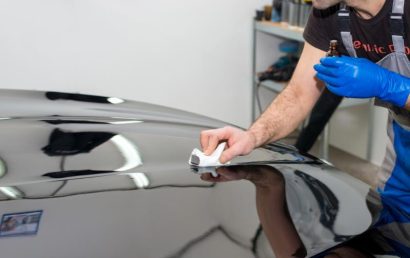Sealant Vs. Ceramic Coating: A Side-By-Side Comparison
Protecting surfaces from wear, rust, and daily damage has always been an important part of keeping equipment and vehicles in top condition. Two common options are sealants and ceramic coatings.
The discussion of sealant vs. ceramic coating often arises for anyone seeking the best way to protect their investment. Both options create a barrier against environmental elements, yet their methods and durability are quite different.
Understanding Sealants
Sealants act as a temporary shield applied to the surface. They enhance shine while helping resist dirt and moisture, making them attractive for those seeking quick results at a lower cost.
The application is simple and does not require specialized tools. The drawback is their limited lifespan. Exposure to sunlight, rain, and heat causes them to degrade quickly.
For many surfaces, the protection lasts only a few months before another application becomes necessary. Sealants are often viewed more as a cosmetic solution. It creates a glossy finish and moderate resistance, but without forming a bond with the material underneath.
Explaining Ceramic Coatings
Ceramic coatings function differently. They chemically bond to the surface and result in much stronger and longer-lasting protection. Instead of remaining loosely on top, the coating integrates with the material and forms a hardened layer that resists scratches, heat, water, and chemicals.
The shine produced is more than a surface-level effect; it reflects the durability of the protective shield. Unlike sealants, ceramic coatings can last for years without breaking down or washing away. While the initial expense and application process take more time and resources, the durability makes the results far more enduring.
Comparing Long-Term Value
The distinction between sealants and ceramic coatings centers on longevity and strength. Sealants require frequent reapplication, leading to more maintenance and added costs over time. Ceramic coatings demand more effort at the outset but reduce the need for repeated treatments in the years that follow.
For owners of large-scale or high-value equipment, that difference adds significant long-term value. Sealants work well for a quick shine and short-term defense, while ceramic coatings are better for surfaces that must withstand heat, abrasion, and constant wear.
Applications Beyond Shine
Many associate these coatings primarily with automotive care, but their use extends far beyond cars and trucks. Industrial machinery, marine equipment, and heavy-duty components all encounter harsh conditions that wear down untreated surfaces. Sealants may perform adequately under mild exposure, yet only ceramic coatings consistently hold up under demanding environments.
At A&A Coatings, we have seen how advanced ceramic technology helps extend the life of parts across industries. Our decades of experience in custom coatings have shown that long-term performance often depends on the right surface treatment from the start.
Making The Right Choice
Choosing between sealant vs. ceramic coating depends entirely on the project’s needs. A sealant suits situations where the goal is a temporary gloss at a lower price. A ceramic coating is ideal when the priority is lasting durability and real resistance to physical and chemical damage.
Evaluating overall performance rather than focusing solely on initial expense can save money and time while offering far better surface protection. Understanding the differences in sealant vs. ceramic coating gives decision-makers the insight needed to select the right solution.
If you want to learn how ceramic coatings can help protect your equipment or parts, contact us today to discuss your project.



